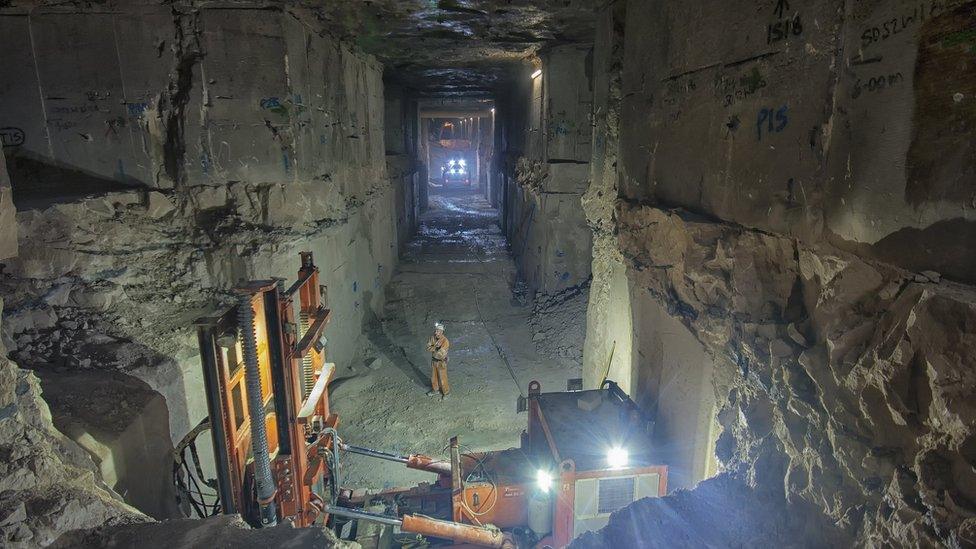Eden Project plan to save Portland's 'cathedral' mine
- Published
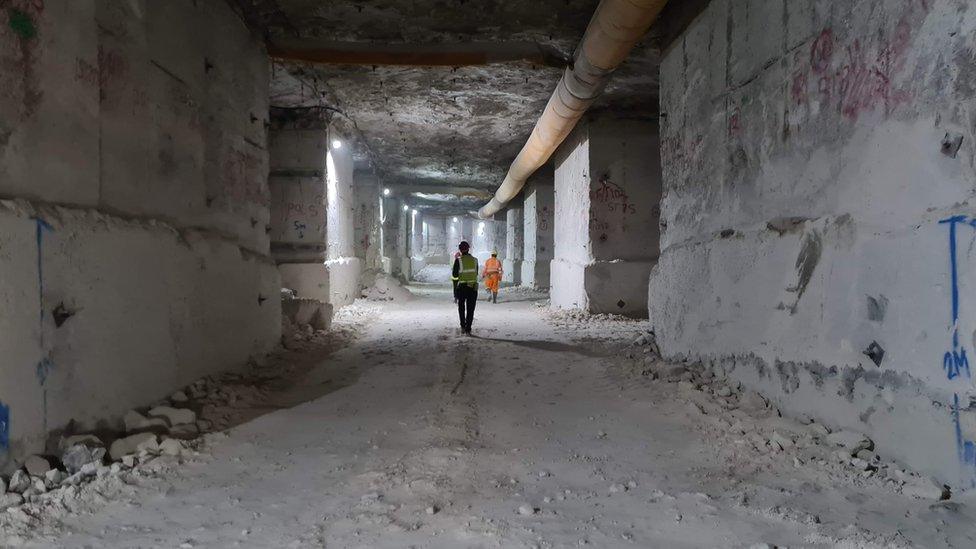
The man-made cavern is one of several mines and quarries on the peninsula
Beneath Portland in Dorset lies a vast cavern, the result of quarrying and mining that has created some of the world's most famous buildings.
Cornwall's Eden Project wants to turn the hollow hillside into an "internationally famous" attraction that tells the story of life on earth.
But the ambitious project is yet to secure the £30m backing it needs.
And if fundraising efforts fail, Eden will take the project elsewhere and the mine will be filled with waste stone.
Eden co-founder Sir Tim Smit said Eden Portland would be "a hugely successful, world-class destination that is both a visitor destination as well as a scientific institution".
"The location is to die for," he said. "It's beautiful and it's beguiling."

Eden says the Portland attraction would be like an "underground cathedral"
The attraction would showcase extinct species and include fossil displays, as well as offering other experiences.
Eden Cornwall is hoping to secure the £30m through funds from government, philanthropists as well as investing its own money which is hoped would be paid back through ticket sales.
Above ground, the natural beauty of the Jurassic Coast stretches as far as the eye can see but, out of the sun, the artificially-lit tunnels of Bowers Mine resemble a deserted underground city, criss-crossed with roads and flanked with towering slabs of limestone.
The stone, formed 145 million years ago, has been used by stonemasons since at least Roman times and can be found on thousands of buildings across the UK and around the world, from the Tower of London and St Paul's Cathedral in London, to the United Nations Headquarters in New York.
The man-made cavern is one of several mines and quarries on the peninsula
"There aren't many streets in the city of London without some stone from here," said mine manager Mark Godden, who has worked at the site for 38 years.
"St Paul's came off the cliffs.
"In the 17th Century, they would literally tumble stone down on the the foreshore, square it up on the foreshore as close to the sea as possible and it would go straight out and straight up the Thames."
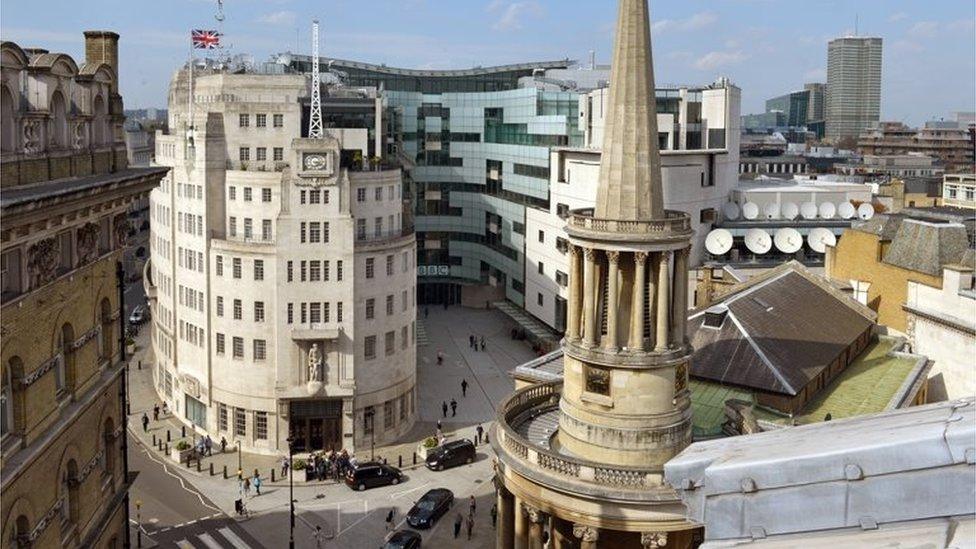
Portland stone was used to face BBC's Broadcasting House and the New Broadcasting House extension
BBC's Broadcasting House in London is also faced with Portland Stone and, more recently, the New Broadcasting House extension features a particular type of Portland Stone called Bowers Roach, in which shells and sea creatures can be clearly seen.
Mr Godden said: "I brought the original project team down, marched them to the top of Bowers and there was a nice slab of Roach. I said, 'This is what you need to use,' and they went for it."
Bowers is one of a number of quarries on Portland and has been in operation since the 1700s. It is now operated by Albion Stone, which turned it into a mine in 2002.
Previous plans for the site have included a dinosaur museum and a "mass extinction monitoring observatory" (MEMO) but they were scrapped due to a lack of funding.
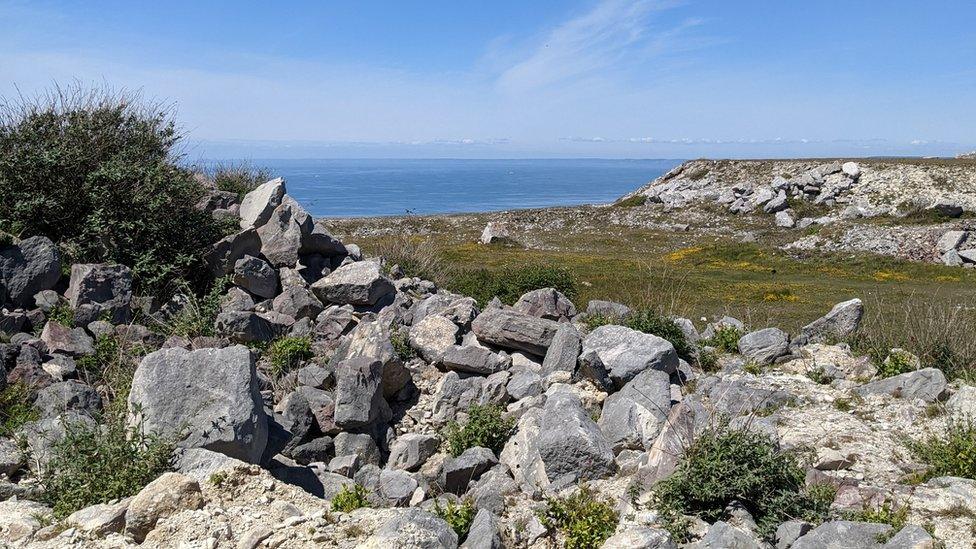
Portland lies on the Jurassic Coast World Heritage Site
Now the Eden Project, which is seeking to build a "network of new destinations", has joined forced with MEMO to create a new subterranean attraction - Eden Portland.
The £30m plan is to turn the caverns into an "underground cathedral where the ancient art of stone carving and the frontier technologies will breathe life into stories of biodiversity, extinction and evolution".
Stonemason and Eden Portland project director Sebastian Brook said: "We're on the crest of a breaking wave of a mass extinction event, unlike anything that has been seen for 65 million years.
"Part of the point of the project is to use all means possible to engage people with the subject matter because, once it's obvious that it's a big deal, it will be too late to do anything about it.
"We've got this story to tell, this is the Jurassic Coast. Where better to tell it than here."
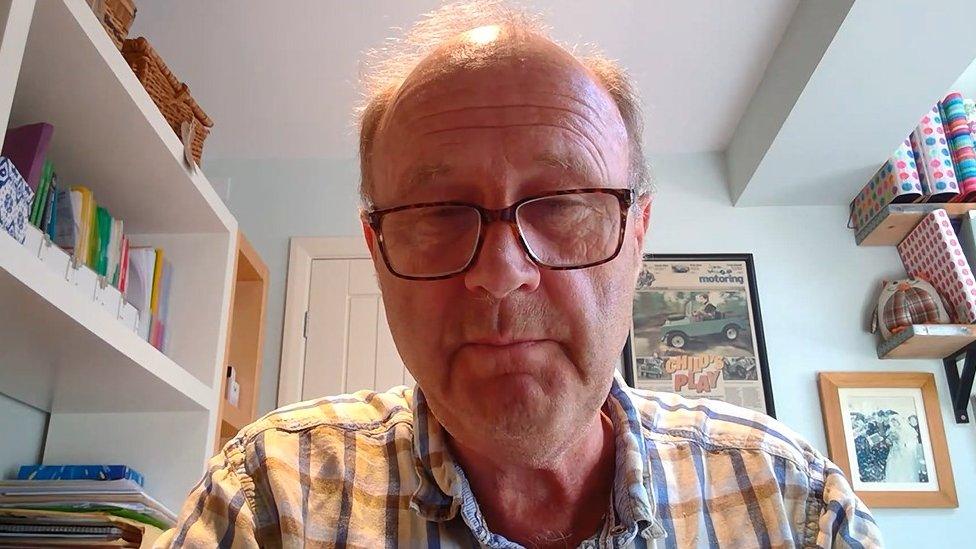
Sir Tim Smit said, without support, he would take the idea elsewhere
Sir Tim said: "I have zero doubt about the success of this project, which is what Portland needs.
"If we don't get the support we need, I'm afraid we are just going to have to go. We've got other things to do.
"But, you know what, we will take the Portland idea and we will put it somewhere else because the idea is so good and we haven't got time to wait.
"It is not a private venture. It will belong to the nation and the people of Portland and will create economic wellbeing beyond any other project imaginable for Portland.
"It can regenerate Portland."

Mark Godden designed the mine at Bowers
The prospect of the project failing is troubling Mr Godden, who designed the mine.
"Ultimately it will be backfilled to the roof with rubble with waste stone," he said.
"I feel very paternal about the mine, I wrote the original design for the mine so it's been quite a personal experience, really.
"It will be a tragic thing if someone can't think of something more imaginative to do with this space than to fill it with rubble."

Follow BBC South on Facebook, external, Twitter, external, or Instagram, external. Send your story ideas to south.newsonline@bbc.co.uk, external.
- Published3 September 2018

- Published11 October 2017
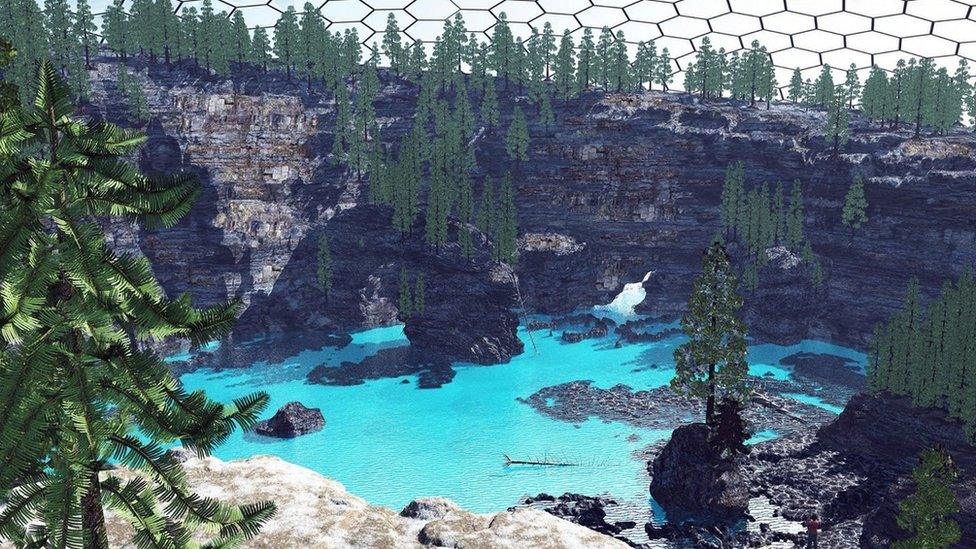
- Published6 October 2017
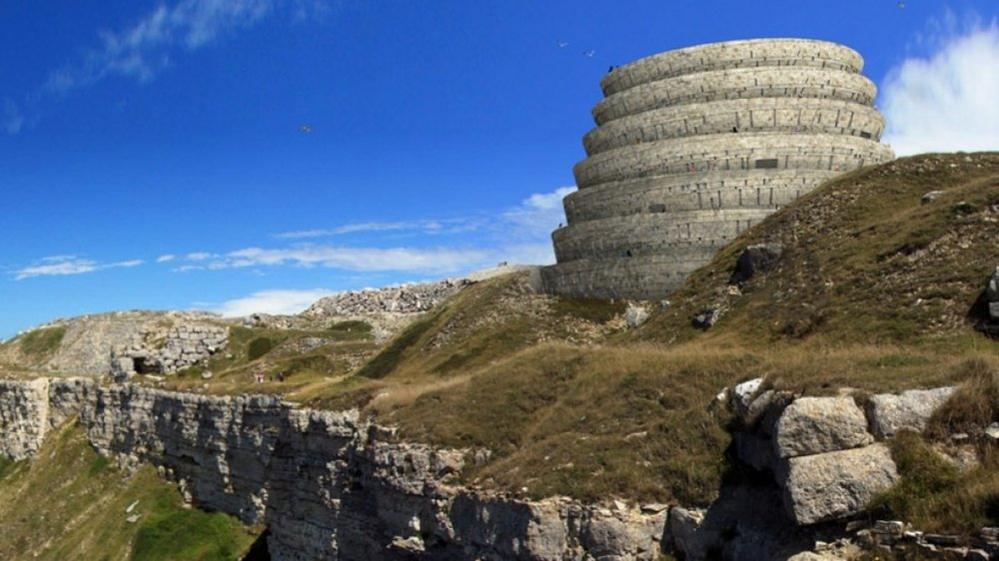
- Published28 June 2017
